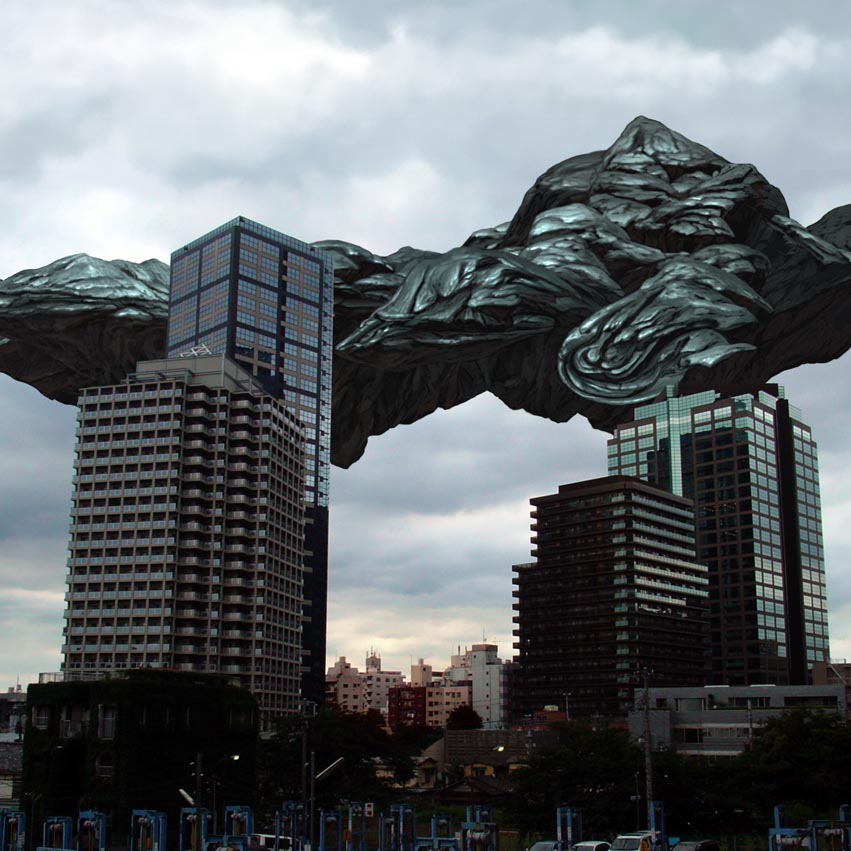Kyoto
Kyoto is an ancient town.
It is and was the most public image of the place.
But, it has simultaneously
been a place which supplied amount of information for
novel and even radical
culture of the world to us.
A title "The Cradle of
Culture" should be fit for Kyoto in the past.
For me, Kyoto was a paradise filled with art and culture over 20
years ago.
I resided, and reside even
now in Osaka.
In the past, Osaka was not the place exhibiting so generous tolerance
to radical arts.
Osaka was governed by merchants.
Novel and radical arts tended
to be active at underground level.
For a guy in my twenty
interested in radical and underground arts in the world,
Kyoto was a real paradise acting as the cradle of arts.
Various levels of people
have supported underground culture to be established in Kyoto.
Numbers of universities located in Kyoto.
Students were so active and
powerful for spreading arts in our daily life.
The most radical parts of contemporary
films, theaters and music were introduced to us
through their generous and invaluable
activity.
When such an attractive
power of Kyoto disappeared from our field of view?
I figured it out in early
1990s, when I came back to Osaka
after spending several
years in the other town in Japan and the USA.
Other cities, including
even Osaka, seemed to be opened for
introduction of underground arts.
It might be an aftermath of
the bubble economics.
Such a tendency of Japan might mask the artistic feature of Kyoto, at the moment.
But, the occasion for our experience of novel and radical arts seemed to
be
decreased in Kyoto
Not only the occasion, but also the number of audiences
attending to important music decreased.
It should be a sign that
something happened in the place.
I wondered whether Kyoto has been changed at all
or was just on a way of metamorphosis.
It continued to be a wonder for me throughout the 1990s.
To Next Chapter "Aube"
